Steve s
Harmless

Posts: 46
Registered: 20-2-2019
Member Is Offline
|
|
Glassware identification
Can anyone tell me what this piece of glassware might be ?
It looks to be some sort of bespoke receiver connector assembly that can separate vapours and hold them until they condense although i'm not sure why
it doesn't have a tap on the vac connector. Not branded (presumably Chinese) joint sizes are 24/29 it's roughly 300mm by 300mm.
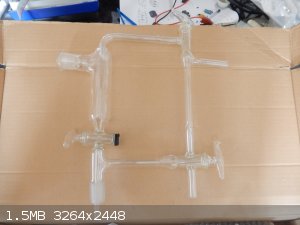
|
|
|
SWIM
National Hazard
   
Posts: 970
Registered: 3-9-2017
Member Is Offline
|
|
It is a distillation receiver.
It lets you remove fractions from the receiver without interrupting distillation while under vacuum.
Vacuum is applied to the tube at the top right of the picture and the lower right tube vents to atmosphere.
By manipulating the valves you put a collection flask on the bottom, evacuate it, fill it with disitillate, isolate it from the vacuum and vent it to
the atmosphere so it can be removed.
They have advantages over cows in some situations.
[Edited on 18-6-2020 by SWIM]
|
|
|
Sigmatropic
Hazard to Others
  
Posts: 307
Registered: 29-1-2017
Member Is Offline
Mood: No Mood
|
|
Perkin triangle, I guess.
|
|
|
Steve s
Harmless

Posts: 46
Registered: 20-2-2019
Member Is Offline
|
|
Thanks guys.
|
|
|
Steve s
Harmless

Posts: 46
Registered: 20-2-2019
Member Is Offline
|
|
Few more here and in the next few comments.
Some of them i can kinda see what they might do but would really like to know what they are actually called.
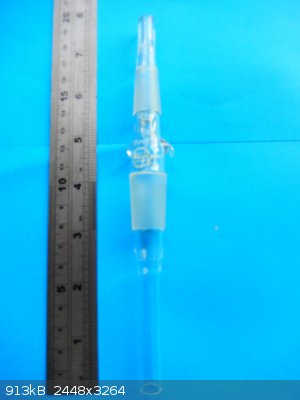 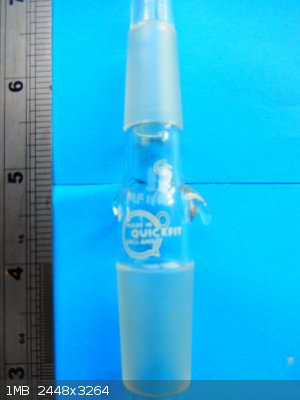 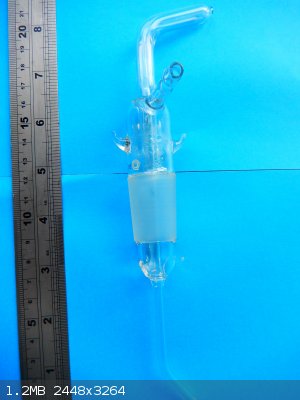 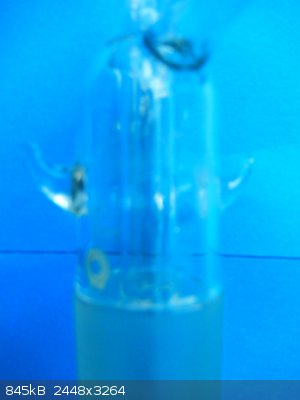 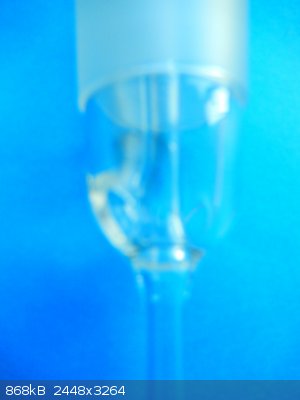
|
|
|
Steve s
Harmless

Posts: 46
Registered: 20-2-2019
Member Is Offline
|
|
[Edited on 14-8-2020 by Steve s]
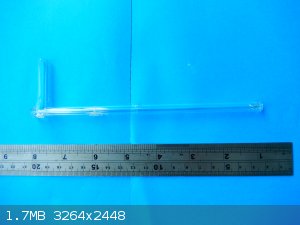 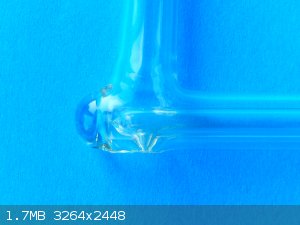 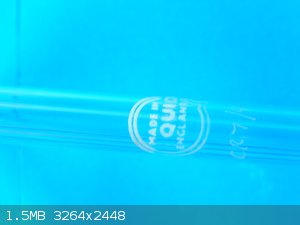
[Edited on 14-8-2020 by Steve s]
|
|
|
Steve s
Harmless

Posts: 46
Registered: 20-2-2019
Member Is Offline
|
|
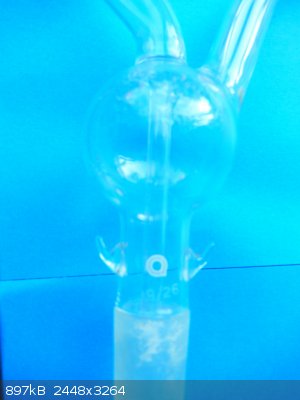 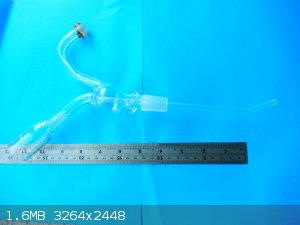
|
|
|
Steve s
Harmless

Posts: 46
Registered: 20-2-2019
Member Is Offline
|
|
This...
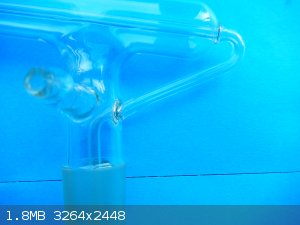 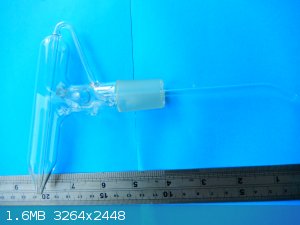 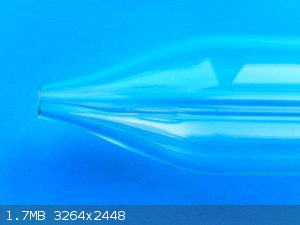 
|
|
|
Heptylene
Hazard to Others
  
Posts: 319
Registered: 22-10-2016
Member Is Offline
Mood: No Mood
|
|
Nice! First and third one are used to create aerosols. The piece of glassware is connected on top of a bottle and you push air through the inlet tube.
The air comes through the other tube, which has also a small capillary in the center. As the air travelling around the capilllary exits the apparatus,
it draw liquid through the capillary and said liquid is aerosolized by the air flow. The air flowrate has to be sufficient to draw the liquid up the
capillary, otherwise the liquid rises but never makes it to the top.
It's a bit like a water aspirator but reversed: high speed air to pump water instead of high speed water to pump air.
The second photo I'm not completely sure, but possibly the same thing as the other two.
If you find a use for them, tell me! I've got a similar piece which I want to use but I don't know what for yet.
Btw, the previous post about the distillation receiver: In Germany (and possibly europe) it's also called an Anschütz-Thiele receiver (Vorstoß). I
thought this information could be useful to someone if the stumble upon this thread.
|
|
|
Steve s
Harmless

Posts: 46
Registered: 20-2-2019
Member Is Offline
|
|
Quote: Originally posted by Heptylene  | Nice! First and third one are used to create aerosols. The piece of glassware is connected on top of a bottle and you push air through the inlet tube.
The air comes through the other tube, which has also a small capillary in the center. As the air travelling around the capilllary exits the apparatus,
it draw liquid through the capillary and said liquid is aerosolized by the air flow. The air flowrate has to be sufficient to draw the liquid up the
capillary, otherwise the liquid rises but never makes it to the top.
It's a bit like a water aspirator but reversed: high speed air to pump water instead of high speed water to pump air.
The second photo I'm not completely sure, but possibly the same thing as the other two.
If you find a use for them, tell me! I've got a similar piece which I want to use but I don't know what for yet.
Btw, the previous post about the distillation receiver: In Germany (and possibly europe) it's also called an Anschütz-Thiele receiver (Vorstoß). I
thought this information could be useful to someone if the stumble upon this thread. |
Thanks.
The first set of pics is actually two differant items the first 2 appear to of just a tube with 2 QF cone joints back to back.
I have to say i'm struggling to think of anything to do with any of them 
|
|
|